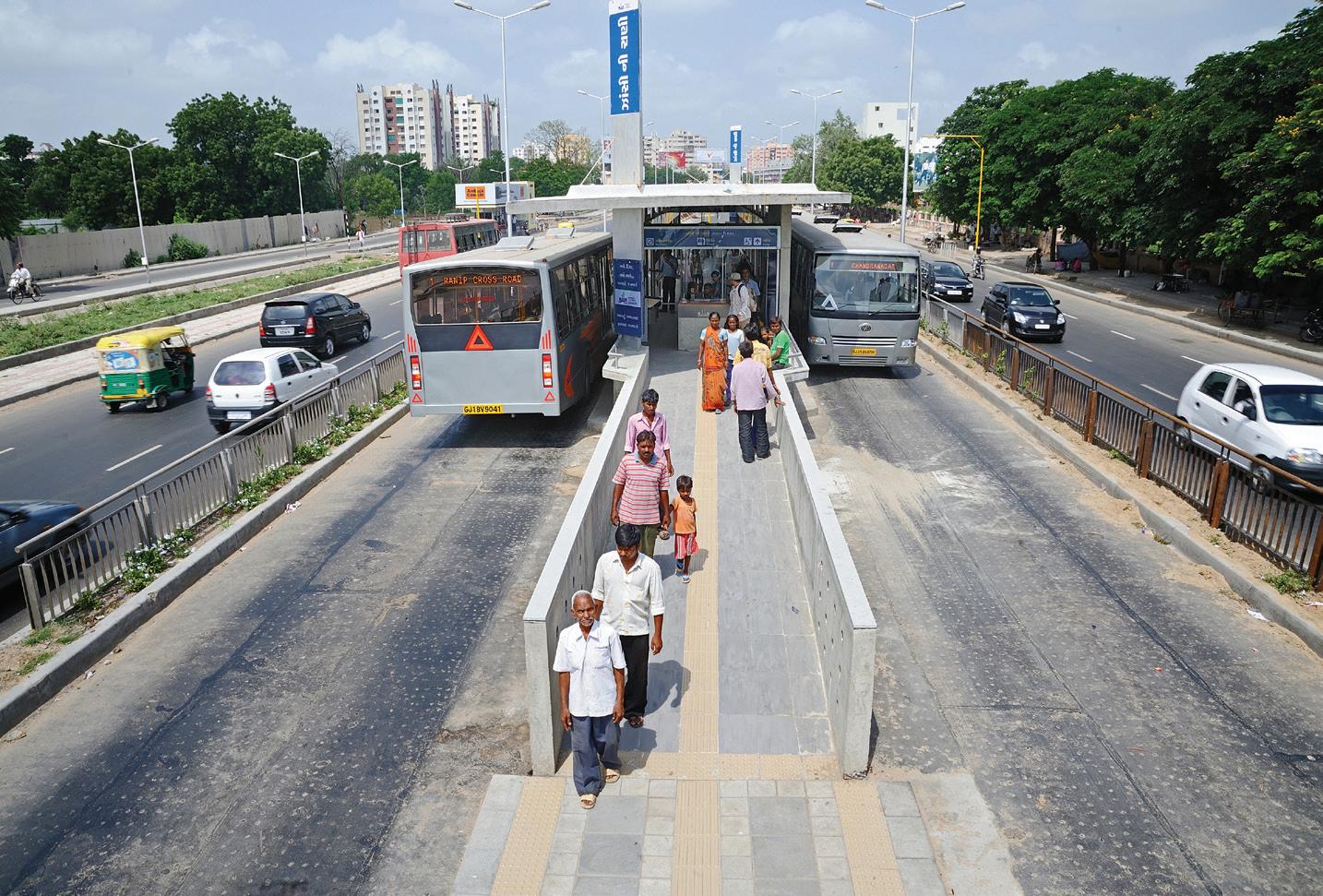Contact Us
RoadVision AI
Private Limited
Office No. 308 & 310, B Block
Ansal Chamber - 1, Bhikaji Cama Place,
Near Engineers India Limited (EIL) Bhawan, New Delhi - 110066
© 2024 | RoadVision AI | All rights reserved
The IRC Code IRC:124-2017 outlines comprehensive design guidelines for Bus Rapid Transit (BRT) systems in Indian cities. This code aims to enhance urban mobility by providing a structured framework for the planning, implementation, and operation of BRT systems.

BRT is a high-quality bus-based transit system that offers fast, comfortable, and cost-effective urban mobility. It achieves this through:
The IRC Code emphasizes the importance of dedicated lanes for BRT buses. These lanes should be:
Stations are critical to the success of BRT systems. The IRC Code recommends:
Efficient fare collection is vital for the smooth operation of BRT systems. The IRC Code advocates for:
The IRC Code places a strong emphasis on safety and accessibility:
The successful implementation of BRT systems requires:
The IRC Code IRC:124-2017 serves as a vital resource for urban planners and policymakers in India, guiding the development of efficient and sustainable BRT systems. By adhering to these guidelines, cities can enhance public transport, reduce traffic congestion, and promote a shift towards more sustainable modes of transportation.
RoadVision AI is revolutionizing road infrastructure development and maintenance with its innovative solutions powered by computer vision AI. By leveraging advanced technologies, the platform conducts comprehensive road condition monitoring and traffic surveys, enabling early detection of surface issues like potholes and cracks for timely repairs and enhanced roads. Through traffic congestion analysis, RoadVision AI provides data-driven insights to address traffic congestion challenges and optimize road usage. With a focus on building smarter and more efficient road infrastructure, RoadVision AI ensures full compliance with IRC Codes, helping engineers and stakeholders reduce costs, minimize risks, and improve road safety and transportation efficiency.